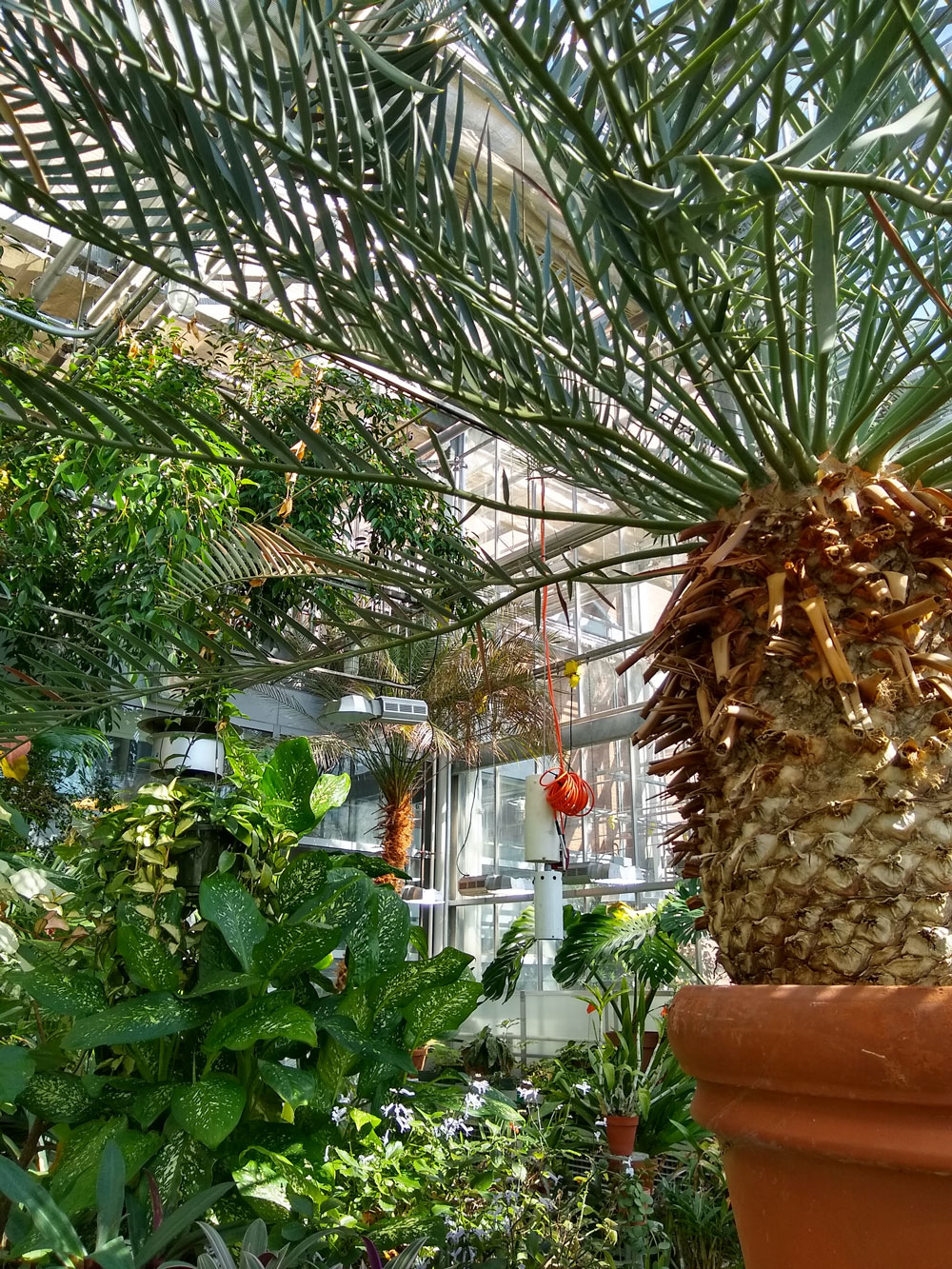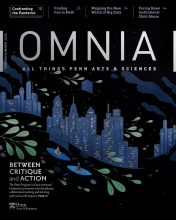Who's Watering the Plants?
Department of Biology faculty and staff are working hard to maintain living plant collections during the COVID-19 pandemic.

Before the COVID-19 pandemic brought on-campus learning to a halt, Kimberly Gallagher had been supervising several postdoctoral fellows in her lab, where research focuses on protein transfer in living plants. She also had one graduate student about to begin work on the day that classes were suspended.
“Now, I’m collecting seeds, watering plants, and communicating with my postdocs via email and photos,” says Gallagher, Associate Professor of Biology, who visits her lab once weekly. “I take pictures of plants on my phone and ask them, ‘Is this what it’s supposed to look like?’ I am just keeping things alive until we can get the plants to seed, and then preserving seeds in envelopes until we open up again.”
Gallagher works primarily with Arabidopsis thaliana, or thale cress. It is considered a common weed, but that doesn’t mean it’s expendable. “Because protein transfer involves random genetic mutation, some of those plants are completely irreplaceable,” she explains. “In others, we inject a protein of interest with a florescent protein to watch movement within the cell—theoretically we could replicate those plants, but it takes a lot of time.”
Gallagher is grateful that a National Science Foundation grant allows her to continue paying her postdoctoral researchers. “We may be looking at five months out of the lab,” she says. “That’s a significant amount of time to put your research on hold. I’m glad that people are safe and not losing their incomes, and they can use this time to plan. When the lab reopens, we can go as fast as the plants can grow.”
As greenhouse and garden manager for the Department of Biology, Kathryn Butler Reber is also focused on keeping plants alive during the crisis. The department’s greenhouse, located at the east end of Carolyn Lynch Laboratory, contains hundreds of plants used in courses and labs, as part of a permanent study collection, and for gardens in James G. Kaskey Memorial Park (also known as the BioPond) adjacent to the Lynch Lab.
Reber’s horticulture staff is small—up to five people in summer—and fairly isolated under normal circumstances. “Right now, three of us are working on rotation,” she says. “One of us is on site each day to water plants, do basic maintenance, and make sure the greenhouse is functioning properly. Outdoors in the park, we walk a loop around the gardens to check for safety hazards and monitor trash.”
The collections represent over 50 plant families and include some extremely old specimens, such a cycad, a palm-like woody plant, called Encephalartos lehamannii. “Judging by its size and the height of the caudex [the axis of a woody plant comprising the stem and root], we think it’s at least 30 or 40 years old,” Reber says.
Her team is also tackling back-burner projects, like cleaning up plant records, while at home. “We are double-checking plant names and that plants are correctly marked alive or dead—things we don’t usually have a lot of time for.”
Both Reber and Gallagher say the COVID-19 experience may alter the way they do their work after things return to normal.
Reber is looking at contingency plans and improvements. “It would be great to have part of the greenhouse on an automated watering system, especially some of the plants for research faculty,” she says. “That is something we had been talking about and that we will continue to pursue.”
The pandemic has given Gallagher more insight into her students’ lives. “I’ve been reaching out to my advisees and to students I taught last year to check in, and many of them have shared their stories,” she says. “Some of these kids are going through a lot. I think this will make me a more sensitive teacher.”





